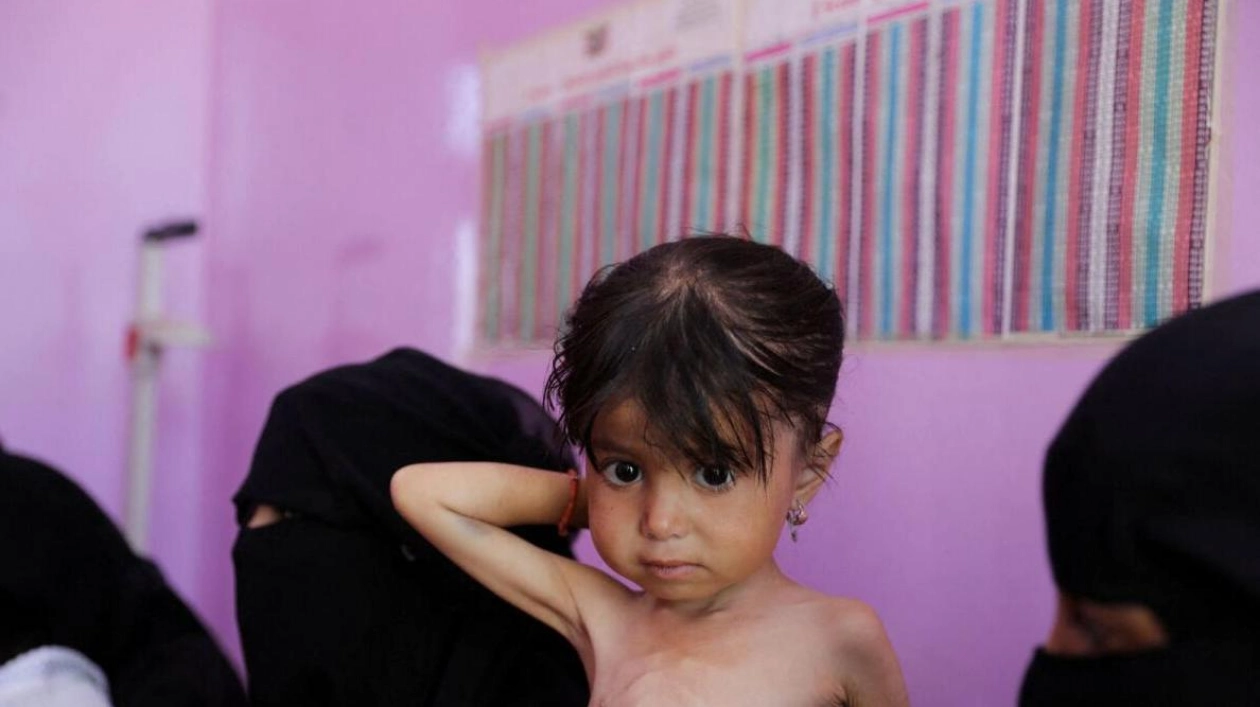The United Nations food security experts reported on Sunday that acute malnutrition is escalating swiftly in government-controlled regions of Yemen, particularly along the Red Sea coast.
The protracted conflict between the Saudi-supported Yemeni government and the Iran-aligned Houthi militia has led to the economic devastation of Yemen, a country already deeply impoverished and now facing one of the globe's most severe humanitarian disasters. According to a report by the U.N.'s Integrated Food Security Phase Classification (IPC) Technical Group in Yemen, the situation has deteriorated due to a combination of disease outbreaks like cholera and measles, scarcity of nutritious food, inadequate access to clean water, and a broader economic downturn.
The report highlights a 34 percent increase in the number of children under five suffering from acute malnutrition, or wasting, in areas controlled by the government compared to the previous year. This amounts to approximately 600,000 children, with 120,000 being severely malnourished.
For the first time, the report identifies 'extremely critical' levels of acute malnutrition in the southern Hodeidah lowlands, including the Al Khawkhah and Hays districts along the Red Sea coast, and the Al Makha district in the Taiz lowlands, from November 2023 to June 2024. It does not provide information on recent fatalities from severe hunger or the conditions in Houthi-controlled territories.
The Houthi forces dominate most major urban centers in Yemen, such as the capital Sanaa, while the Saudi-backed government operates from Aden in the south. The Riyadh-led coalition entered Yemen in March 2015 following the Houthis' takeover of Sanaa. The Houthis claim they are combating a corrupt regime and foreign encroachment. This multifaceted struggle, involving multiple factions vying for control, has resulted in tens of thousands of deaths.






